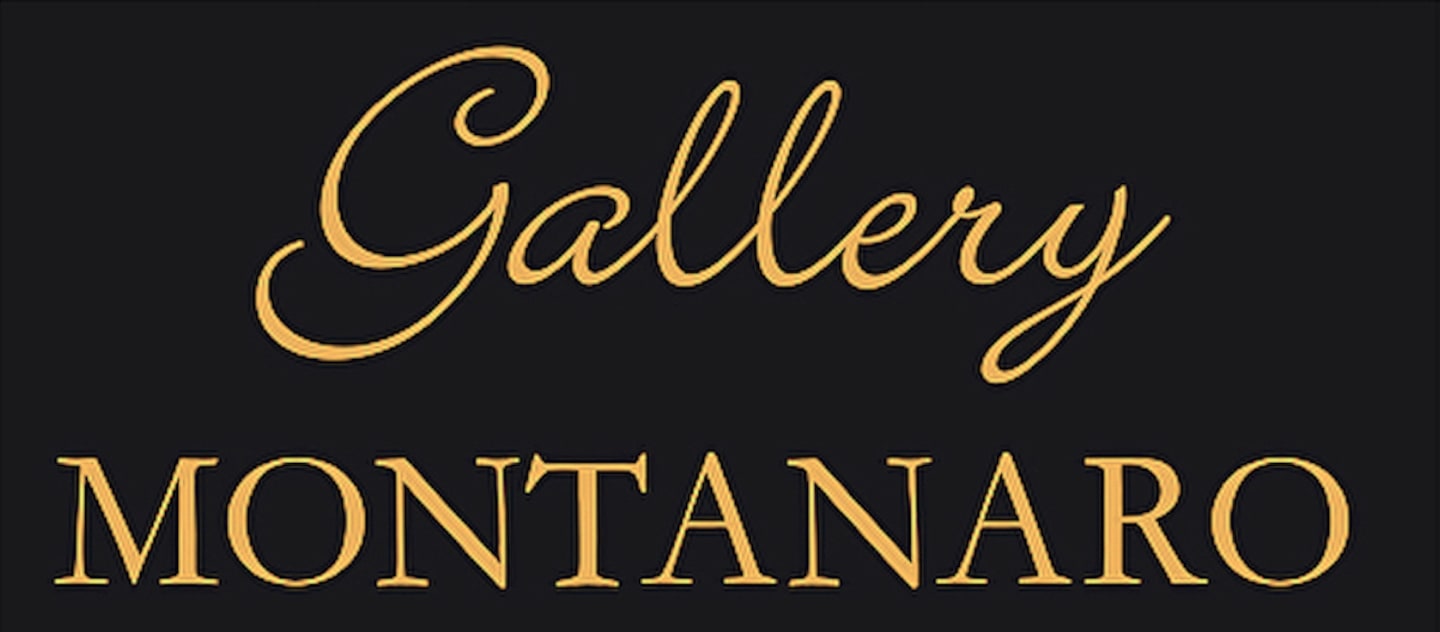Reynolds Beal (1866-1951)
Reynolds Beal was a pioneering American artist known for his vibrant, whimsical paintings that bridged Impressionism and early Modernism. Born in New York City in 1866, he was the elder brother of fellow painter Gifford Beal. The brothers spent their formative summers in Newburgh, New York, on the Hudson River—a landscape that would later influence much of Reynolds's work.
Although he showed early talent for art, Beal initially pursued naval architecture at Cornell University. He continued sketching throughout his studies, often capturing scenes from Cayuga Lake and the East River. After graduating, he committed fully to painting, developing a distinct, colorful style that would define his career.
Beal spent the early 1900s painting in the artist colony of Noank, Connecticut, alongside Henry Ward Ranger. He later turned his attention to the Hudson Valley and coastal towns like Provincetown, Rockport, and Key West. His subject matter ranged widely—from seaside harbors and marine life to circuses and carnivals—rendered in oils, watercolors, and etchings. His work grew more complex and vivid with age, often infused with a playful energy and a love of travel.
A man of independent means, Beal had the freedom to pursue his artistic vision without conforming to prevailing trends. He was active in numerous art organizations, including the National Academy of Design, the American Water Color Society, and the Society of American Graphic Artists. A progressive spirit, he helped found the Society of Independent Artists and the New Society of Artists, exhibiting alongside leading painters such as Childe Hassam and John Sloan.
Beal's work was featured in exhibitions across the United States and abroad, including a major joint show with his brother in 1944 at the Fitchburg Art Center. His global travels inspired subjects from Trinidad to Singapore, China, and beyond. Notably, his art was also included in the painting event at the 1932 Summer Olympics.
Though health issues slowed his output in later years, Beal remained an influential figure in American art until his death in Rockport, Massachusetts, in 1951. His legacy endures through his joyful, expressive depictions of American life and landscape—works that reflect both a technical mastery and a deep, imaginative spirit.



